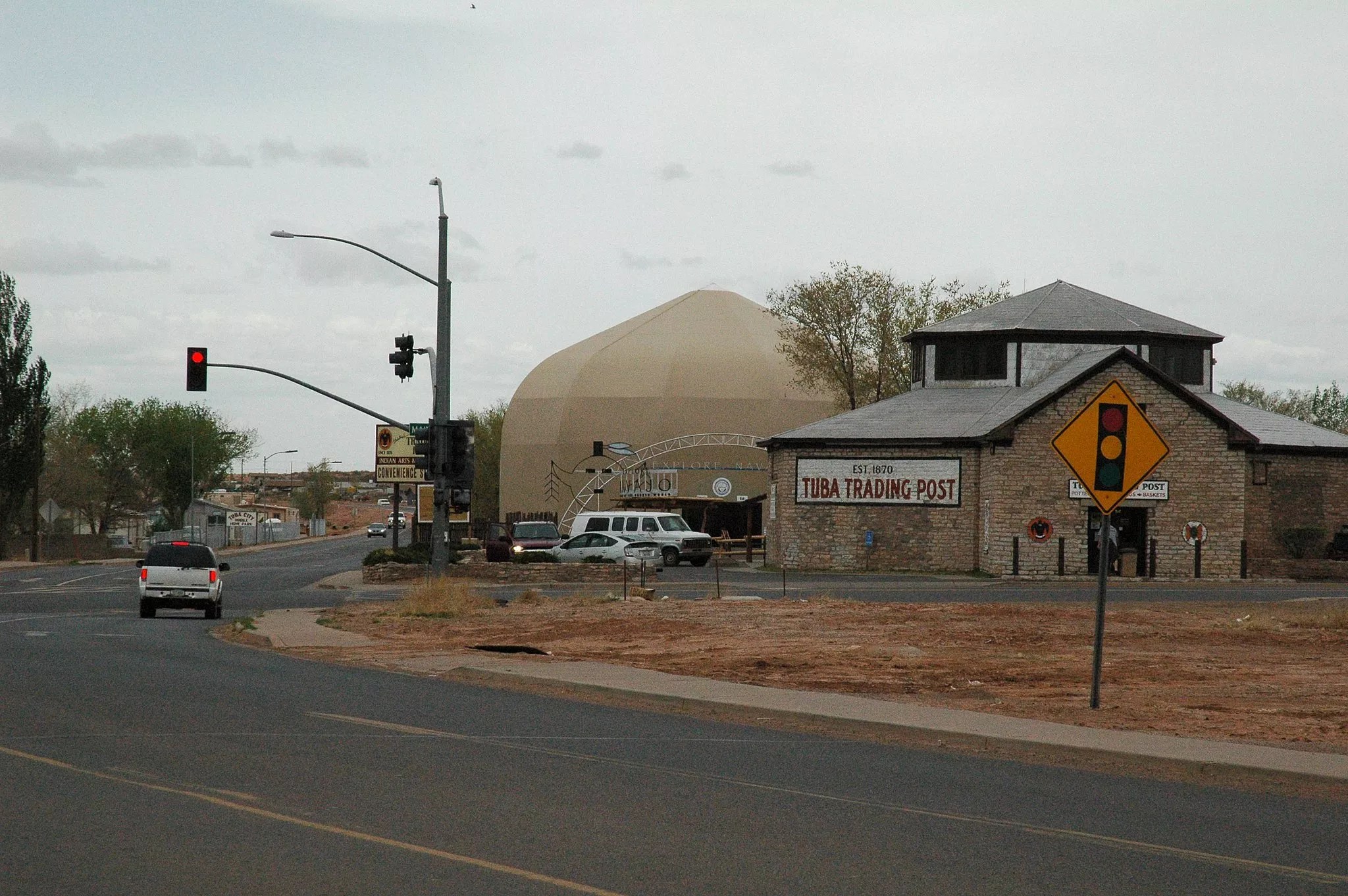

Audio By Carbonatix
Members of the Navajo community are bracing for the novel coronavirus as the death toll in the United States climbs to nearly a dozen and extends beyond Washington state.
Though there are no known cases of the illness within the Navajo Nation, which spans across northern Arizona and New Mexico, the first case in Indian Country was confirmed earlier this week.
Tribal leaders are focusing on limiting the number of people exiting and entering the sovereign nation and ensuring all their members have access to accurate information about the outbreak and prevention measures, despite challenges.
“We’re doing our very best so that our people can be informed, but at the same time not cause mass hysteria,” said Jonathan Nez, president of the Navajo Nation.
The coronavirus, which causes an infectious respiratory disease known as COVID-19, has now hit every continent but Antarctica, infecting over 90,000 people and killing 3,000 worldwide, including 11 in the United States. Most of the victims are older adults from the same nursing home in Washington, though the first death outside the state was reported in California on Wednesday.
On March 2, officials announced the first case of the coronavirus in Indian Country. In a press release, the Confederated Tribes of the Umatilla Indian Reservation, located near the Washington state border in Oregon, confirmed an employee at the tribe’s casino tested positive for the disease. Tribal leaders have temporarily closed the Wildhorse Resort and Casino for cleaning following the discovery.
The next day, Nez and Vice President Myron Lizer issued a travel advisory for all Navajo Nation Executive Branch employees. The tribal leaders are discouraging Navajo citizens to limit travel to other states or internationally, and all work-related travel requests must now be approved by the Office of the President and Vice President.
Nez said they’re being proactive – the administration also sent a letter to the Indian Health Services, a federal health program that deploys many health professionals to Navajo Nation facilities through the Commissioned Corps of the U.S. Public Health Service.
“The IHS has commission corps officers helping at our facilities, and sometimes those individuals are sent out to other ‘hot zones,’ or areas that might be affected by this outbreak,” said Nez. “It’s not up to us, but the part that is up to us is reentry into our sovereign nation.”
The letter recommends that officers sent to an area heavily infected with the coronavirus not be allowed back to their stations on the Navajo Nation until 45 days later.
“Maybe that will discourage the federal government from assigning these commission corps officers to these hot zones,” said Nez.
Dean Seneca, who worked for the Centers for Disease Control and Prevention’s Office for State, Tribal, Local and Territorial Support for 18 years, recently told Indian Country Today that tribes are “not prepared for the coronavirus.”
“Our systems are just not in place in order to do good active surveillance,” Seneca said.
But health leaders within the Navajo Nation said they’ve heard from many concerned citizens, and are working to ensure consistent communication across agencies and to constituents.
Last week, the Navajo leaders established the Navajo Nation COVID-19 Preparedness Team to coordinate monitoring and prevention efforts related to the virus.
The coalition includes people from the Navajo Department of Health, Navajo Nation Division of Public Safety, Navajo Nation Division of Social Services, Navajo Nation Department of Emergency Management, Department of Diné Education, Navajo Nation Division of Community Development, U.S. Indian Health Service, U.S. Bureau of Indian Affairs, and the U.S. Bureau of Indian Education.
“We are in readiness and preparedness mode,” said Ramona Antone-Nez, director of the Navajo Epidemiology Center, one of 12 tribal epidemiology centers located throughout the United States. “Our current effort is to ensure that we have a unified message and are using both our Navajo language and English to inform our Navajo people.”
Though Antone-Nez said they’re referring Navajo citizens to the CDC website for regular updates on the virus, she also noted they’re pursuing other ways to inform the public. Just over half of Native Americans living on tribal lands with a computer have access to high-speed internet service, according to the U.S. Census Bureau.
“We also know that not everyone has access to the internet, so that’s why radio is the next one, and then we have our paper media,” said Antone-Nez.
Recently, President Nez and Dr. Jill Jim, executive director of the Navajo Department of Health, appeared on KTNN radio in Window Rock, the nation’s capital, to provide updates and prevention tips.
They will host their second live radio forum today on the station at 6 p.m. MST.
Over 78,000 members of the Navajo Nation received preventative information related to the coronavirus through the Navajo Health Education Program, Nez said in a press release yesterday. Community health representatives will also continue to inform elderly and disabled clients during routine home visits.
“We’re praying for the people that have been impacted by the bug, but we’re very hopeful,” said Nez.